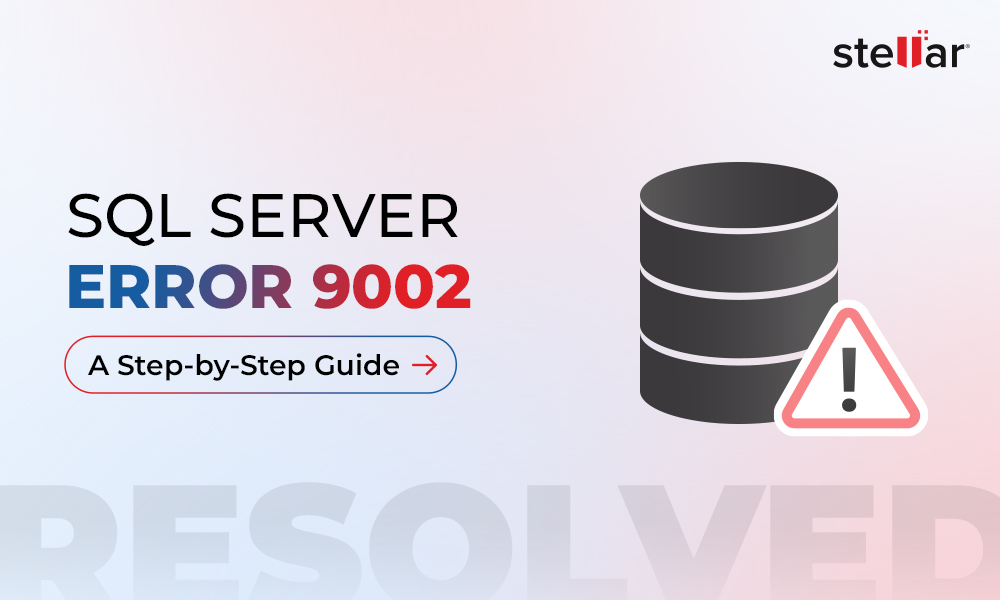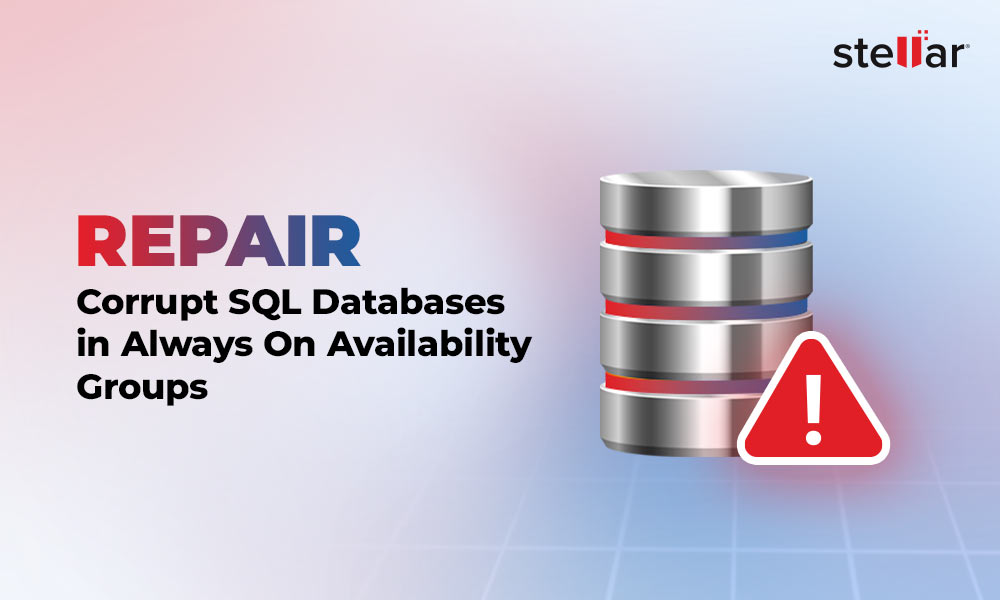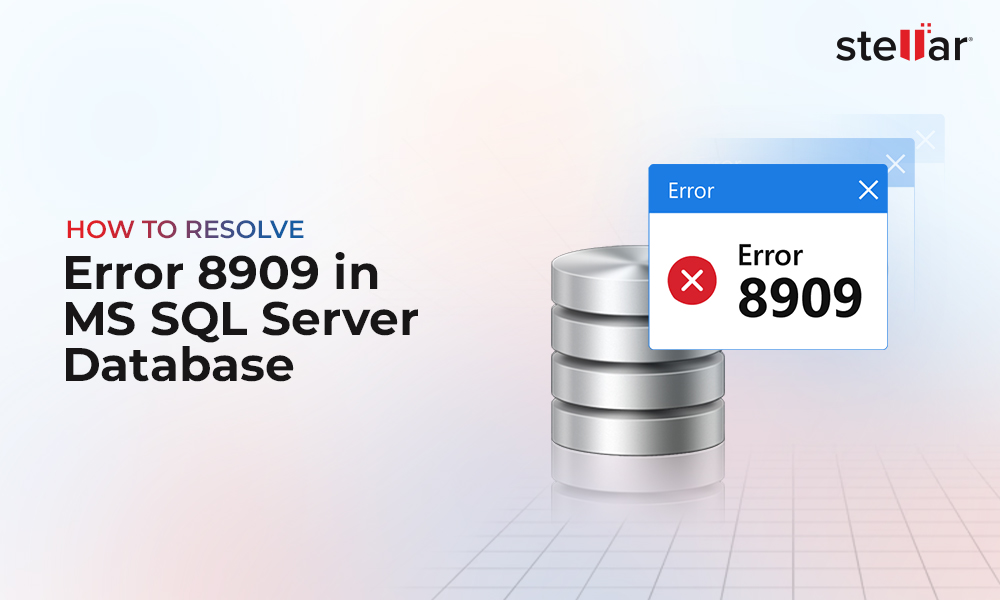SQL injection attacks are one of the most common types of attacks used by attackers to exploit the SQL to extract sensitive information. SQL injection (SQLi) is a technique for code injection used by attackers to inject malicious code into the application, allowing them to view the sensitive data or modify the data in the database. In SQL injection attacks, SQL commands are inserted into the input so as to affect the execution of normal commands to get the sensitive data that the application should not have returned.
In SQL injection attack, the attacker cannot access the complete data from the database but they can add various commands, such as Insert, Modify, and Delete to change the data. Such attacks could also lead to the execution of administrative operations, access to the file system, and to install and execute malware.
The following vulnerabilities can lead to SQL injection attacks:
- Lack of input validation
- Inadequate escaping of user input
Without any input validation, the attacker can send SQL code to change the logic of SQL queries.
Different Types of SQL Injections
There are various types of SQL injections, based on the methods used to access the data and their impact. Let’s discuss some common ones.
1. In-band SQL Injection
In In-band injection, attacker uses the same communication channel to both launch the attack and collect the results.
There are two types of In-band injections in SQL. These are:
- Error-based Injection: It relies on the error messages, which are thrown by server to determine information about the objects of the database.
- Union-based Injection: It works on the UNION operator to collect all the information about different statements.
2. Inferential SQL Injection
In this type of SQL injection, a data payload is sent to the server to observe behavior and response to retrieve the structure of the MS SQL database. Inferential injection is classified into Boolean-based and Time-based. In Boolean-based inferential injection, the attacker sends SQL queries to force the application to return a Boolean result to blindly determine the presence of vulnerabilities in the MS SQL engine. In the Time-based inferential injection, the attacker forces the application to return generic errors. This led the database to pause for a specific time. The response time helps the attacker to identify the query returns.
3. Out-of-band SQL injection
In this type of attack, the attacker is not able to use the same channel to launch the attack and sum up the results. The attacker uses MS SQL functions, like xp_dirtree, to force the application to transmit data through a protocol network and read information.
Some Examples of SQL Injection Codes
SQL injection can be done by passing the parameters to a query, instead of values. For example, the OR operator or the UNION operator. Here are some examples of injection techniques that can help you understand how SQL injection works.
1. Always True Technique
Suppose, a web application uses the following SQL statement to retrieve customers’ data from the database:
SELECT * FROM CUSTOMERS WHERE CODE = “?”
The character “?” represents your customer code used to access the data. Without any protection, anyone can write in the parameter “?” a code plus the string "OR ""=", passing an always-true logical condition in the statement (see the below example).
SELECT * FROM CUSTOMER WHERE CODE = “0000” OR “”=""
The above command will return the data about all the customers. This technique is called Always True Technique.
2. Batched SQL Injection
Another way to execute SQL injection is to take advantage of the fact that SQL can execute multiple statements at a time through a batch. A batched SQL injection adds another statement to the original statements. For example, in the previous statement, the following statement is added:
“0000” ; DROP TABLE CUSTOMERS
The complete statement will be:
SELECT * FROM CUSTOMERS WHERE CODE = “0000” ; DROP TABLE CUSTOMERS
This command will drop the customers table.
How to Secure MS SQL Server against SQL Injection Attacks?
Securing your MS SQL Server against SQL injection attack is crucial to safeguard data, comply with regulations, maintain business continuity, protect your organization's reputation, and mitigate the financial and legal risks associated with security breaches. To secure and protect your SQL Server against SQL injection attacks, you can take the following steps:
1. Use Parameterized Queries and Prepared Statements
-
Parameterized Queries: A query is called parameterized if one or more parameters are defined and used as placeholder and provided at the time of execution.
- Prepared Statements: You can use a prepared statement with a parameterized query to mitigate SQL injection. Parameters should have predefined name and the type of data. For example, if you define a parameter as an integer type, you will not be able to add OR or UNION operators.
Note: Avoid creating procedures with SQL statements where parameters are parameterized automatically. Instead, use dynamic SQL queries inside stored procedures.
2. Use Input Validation and Sanitization
Input Validation
Input validation refers to the process of inspecting and validating data provided by external sources to expected formats, data types, and various constraints, before they are used in the system.
Sanitization
Sanitization is an ensemble of methods used to prevent SQL injection. Sanitization of the input values means removing or escaping any characters that could be interpreted as SQL commands or keywords. It is in fact necessary to pay attention to the special characters, such as quotes, semicolons, dashes, and comments.
3. Follow Principle of Least Privilege
The principle of least privilege (PoLP) is a well-known concept of information security. This concept states that “a user must be given minimum level of access (or permissions) needed to perform the job.” Limiting permissions during the interaction with the database reduces the risk of SQL injection. Administrative privileges must be avoided first and the database users and systems must be grouped based on their roles.
You can have these groups:
- Users who require access just to read and export data from the database.
- Users who can read and write to specific schema (edit access).
- Privileged users who can add and delete the schema (data definition language).
- Privileged and administrative users who can add and grant access rights to various users.
Here, the users under particular groups are granted privileges necessary to perform their duties. Privileged users are also split into two groups because the users who can modify schema do not always require privileges to grant access rights. Similarly, they cannot be grouped under the users who can just read and write.
If a user who just has to read and write to specific rows possesses privileges to add or delete schema, then tables and records are vulnerable to attack. The user may wipe out the entire database. To avoid such problems, users and systems should be assigned just enough privileges to perform their duties.
Privileged users with administrative access should have two accounts: A user account for normal database access and an admin account for adding users or assigning duties.
4. Use Web Application Firewall (WAF)
Web Application Firewall or WAF is an application designed to protect against SQL injection attacks. WAF monitors and filters the network traffic against attacks in the application code and server structure. WAF is a component of fundamental importance and can prevent assaults on web application vulnerabilities, help prevent data theft, service interruption, and reputational harm.
Some popular WAF solutions in the market are:
Implement Comprehensive Security Strategy
- Regular Testing and Auditing
After following all the best practices mentioned above, you must also do regular security testing and auditing of your MS SQL Server.
- Identify and Address Potential SQL Injection
You can do vulnerability assessment using various software. You can use the vulnerability assessment function available in the SSMS. Some other free software for this purpose are jSQL Injection and SQL Map.
- Encrypt the Data
Encryption can protect against SQL injection in an indirect way. Encrypting the database does not block SQL injection attacks but it will reduce the damage by limiting the value of the extracted data.
- Follow Secure Coding Practice
Secure coding practices must be applied by default even if you have a WAF. As mentioned above, you must apply Input validation to ensure that only properly formed data is entered by users. In addition, proper error handling is of fundamental importance. If errors are not managed correctly, security problems can arise.
- Use Secure Libraries
It is also suggested to use secure libraries and frameworks. These coding libraries and software frameworks are pre-built, tested, and secure. These can help avoid attackers taking advantage of even the tiniest of issues in code made from scratch. A famous library is OWASP’s Proactive Control C2.
Conclusion
In this article, we talked about SQL injection attacks. We explained what a SQL injection attack is and how to prevent attacks using the best techniques available. We also mentioned how to secure MS SQL against SQL injection attacks. You can implement the best practices discussed above and continuously monitor the security of the server to prevent it against SQL injection attacks.
But what if the database gets corrupted? If your database becomes corrupt due to hardware failure, power outage, disk problems, or system crash, you can use Stellar Repair for MS SQL - a specialized software designed for handling MS SQL database corruption. This powerful and easy-to-use software employs intelligent algorithms that are able to detect and resolve corruption issues. It is able to recover all the MS SQL database objects, such as procedures, triggers, views, etc. with complete integrity. It supports all the SQL Server versions, including the latest SQL 2022 version.
Stellar Repair for MS SQL focuses on database recovery from corruption incidents, not specifically prevent SQL injection attacks.













 5 min read
5 min read





